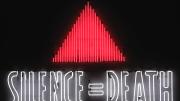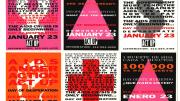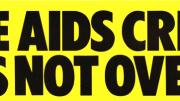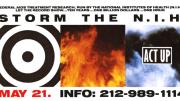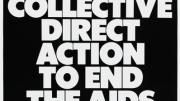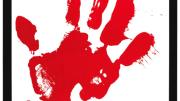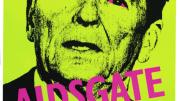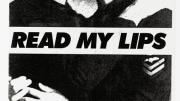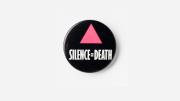like other plagues, HIV/AIDS has brought death and grief, fear and prejudice, passion and—in the modern context—biomedical progress. It has also left many marks on contemporary culture. It is impossible to imagine fictions like Armistead Maupin’s Tales of the City series, or Tony Kushner’s epic drama Angels in America, or Abraham Verghese’s factual My Own Country without the new epidemic rolling across the land.
In New York City, the AIDS Coalition to Unleash Power—ACT UP—mobilized political pressure to fight the disease. It publicized AIDS openly, loudly insisted on increased research funding and faster regulatory review of drugs, and in 1990 even attempted to seize control of the National Institutes of Health.
An enduring legacy of that work is the rich and visually vivid graphics it spawned—some of it riffing on mainstream culture—in posters, bumper stickers, leaflets, and more. Now, that material is examined as art in ACT UP New York: Activism, Art, and the AIDS Crisis, 1987-1993, an exhibition organized by Helen Molesworth, Houghton curator of contemporary art, and doctoral student Claire Grace, Mongan curatorial intern.
The exhibition, accompanied by the ACT UP Oral History Project (featuring more than 100 video interviews), is on display at the Carpenter Center for the Visual Arts through December 23; selected works appear here. It is accompanied by a robust program of lectures and symposiums on everything from history and film to safe-sex practices; the complete schedule is at www.harvardartmuseum.org/actup.
